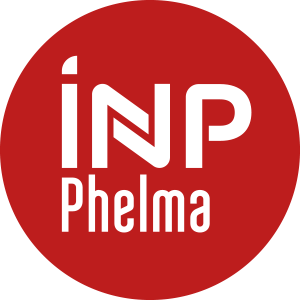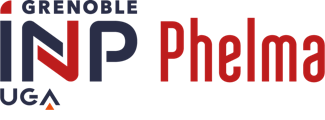Volumes horaires
- CM 12.0
- Projet 0
- TD 12.0
- Stage 0
- TP 8.0
Crédits ECTS
Crédits ECTS 3.0
Objectif(s)
MAIR-2 : Biological effects and medical applications of ionizing radiation
The aim of this course is to provide an overview and basic knowledge in the biological responses elicited in cells by radiation exposure, and how they are used in medical applications such as radiotherapy, in combination with immunotherapy. Thus, this course will cover the health effects of ionizing radiation, from cells to disease, and the use of ionizing radiation in new (combinatorial) radiotherapy procedures.
Contact Davide BUCCI, Anne-Laure BULINContenu(s)
Specific topics of the MAIR 2 are :
- DNA damage and DNA repair (4h).
- Biological effects of radiation (4h).
- Enhancement of dose with high Z elements (3h).
Prérequis
Previous knowledge in basic biological mechanisms and basic experience in biological experiments
Semestre 9 - L'examen existe uniquement en anglais 
60% written exam (2x2h)+ 40% labwork presentation
Modalités Medical ionizing radia MAIR Partie 1 Jean-François ADAM:
Autorisé : Une feuille de papier A4, recto-verso, manuscrite et l'article.
Allowed: One A4 paper sheet, double sided, handwritten and article. French-English dictionary.
Forbidden: Any other electronic devices.
Calculatrice : autorisée
Modalités Medical ionizing radia MAIR Partie 2 Anne-Laure BULIN :
"Tous documents autorisés
All authorised documents"
Calculatrice : interdite
60% written exam (2x2h)+ 40% labwork presentation
Semestre 9 - Le cours est donné uniquement en anglais 



